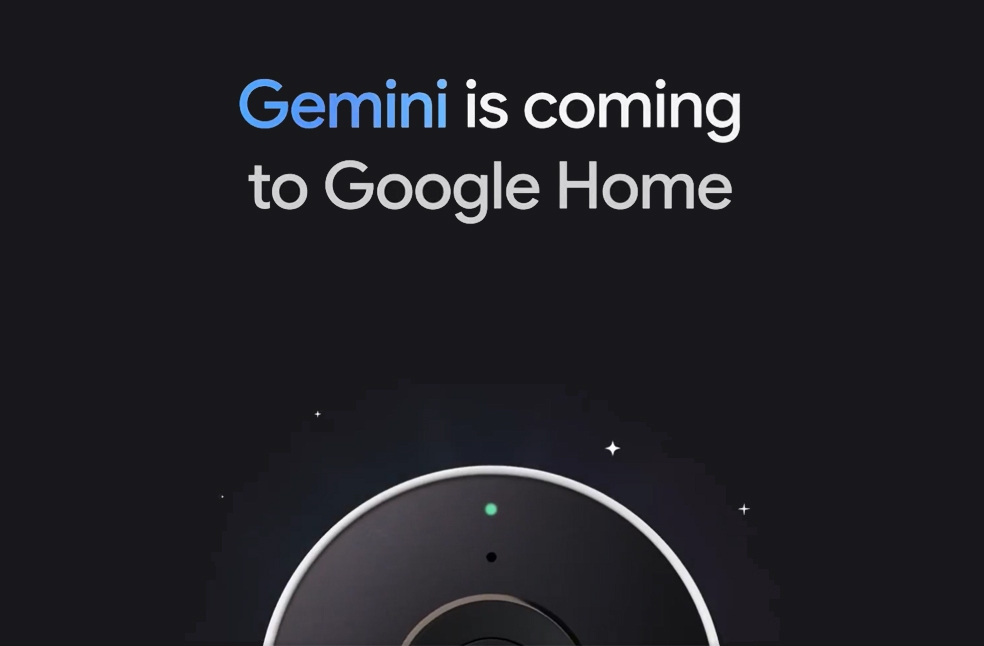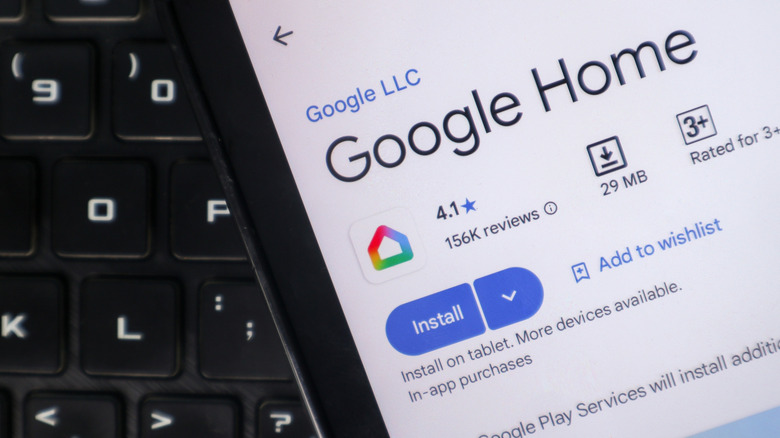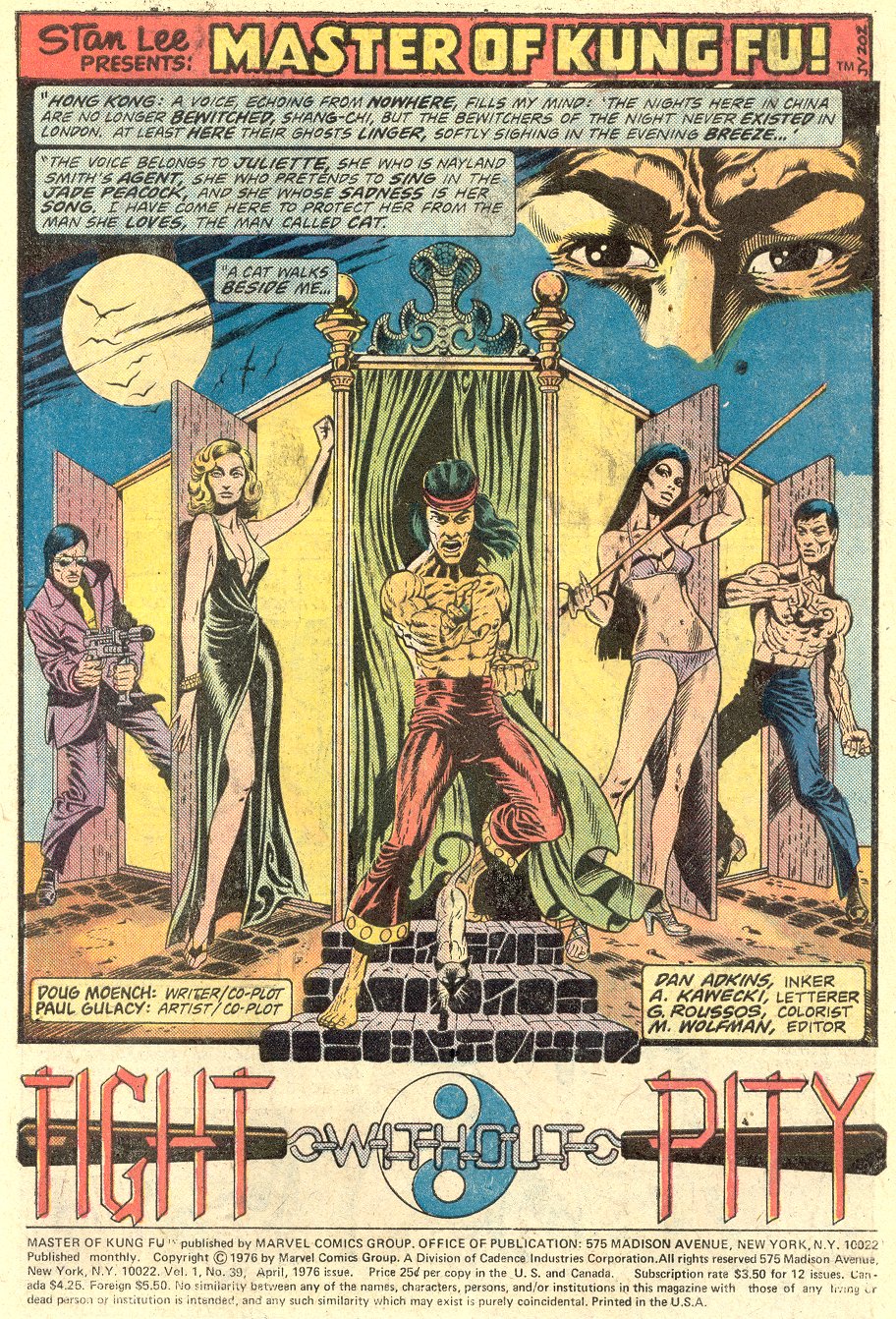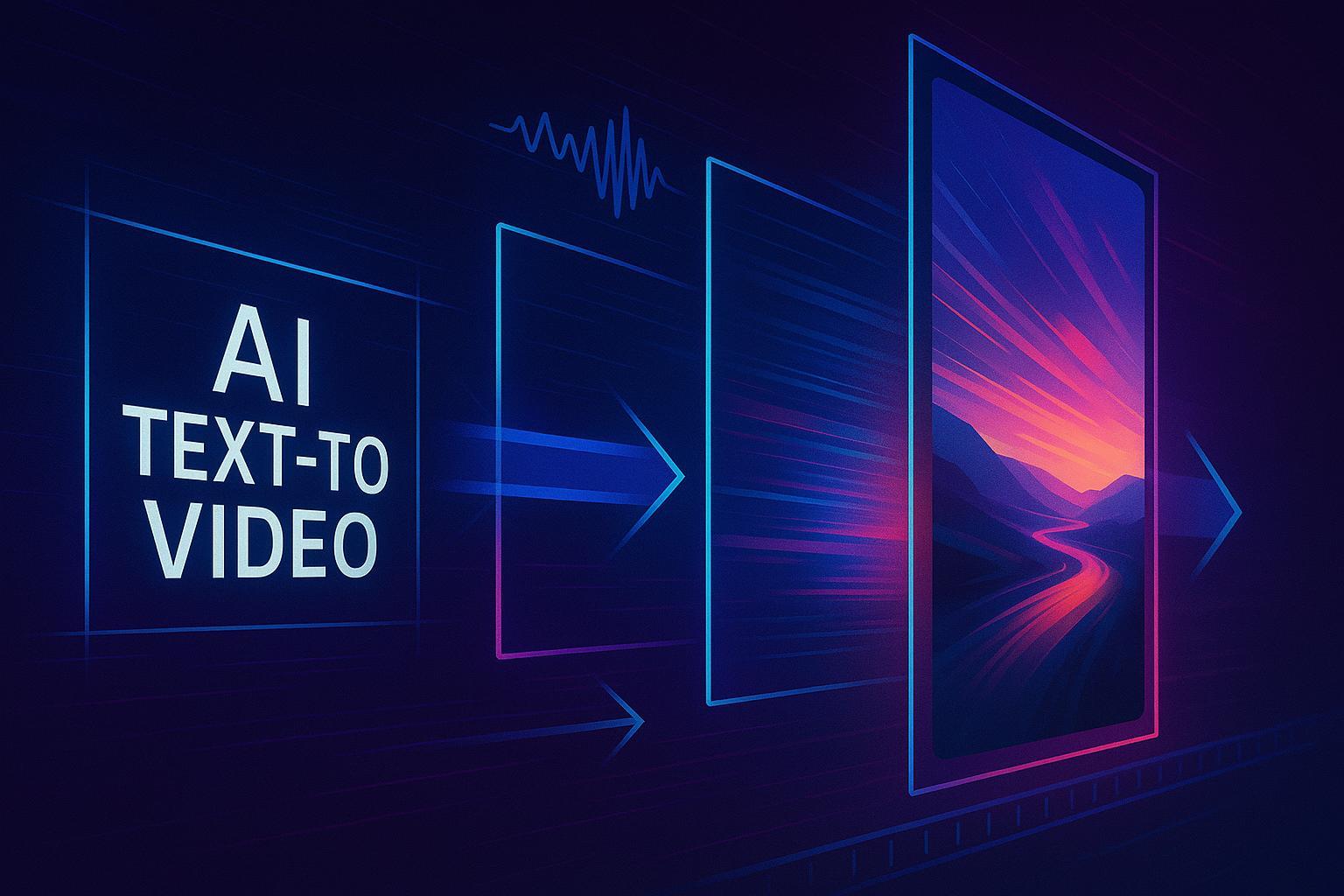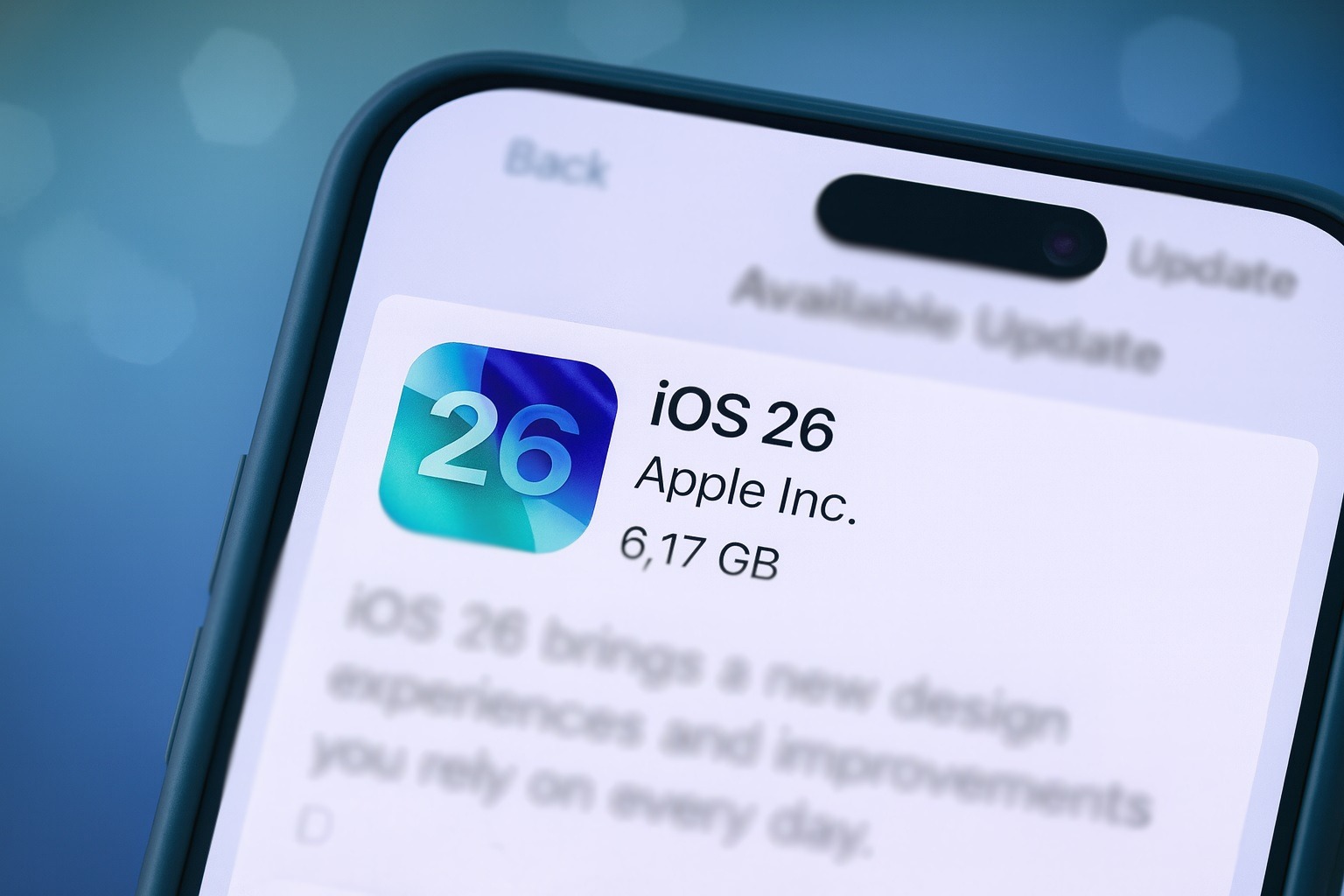How to Reach Gemini on Google Home
Gemini AI assistant extends its functionality to a range of internet-connected devices beyond just smartphones. In May, the initial list featured vehicles equipped with Android Auto, Wear OS smartwatches, Google TV devices, and Android XR headsets. Google implemented Gemini AI support for these categories in phases over the subsequent months. In August, Google revealed that Gemini AI would be accessible on Google Home devices starting in October. The company adhered to this schedule, making the Gemini for Home assistant available for smart home devices by mid-October.
Nonetheless, the company provided only an Early Access experience to users. As previously reported, users needed to enroll in the Google Home Early Access program to initiate voice interactions with Gemini on their smart home devices. The gradual rollout was not unexpected among internet users familiar with the launch of new AI products and features. Companies typically pilot AI products with a smaller audience before broader availability. This approach allows an AI company to resolve issues and deliver a more seamless experience once the product is fully developed.
On December 9, Google announced it was prepared to expedite invites for Gemini AI for Google Home more rapidly than earlier. The company noted that many individuals were interested in joining the early access program, and Google is broadening access. Any Google Home user looking to access Gemini for Home can receive an invite within 24 hours. Support for third-party speakers will also be included.
